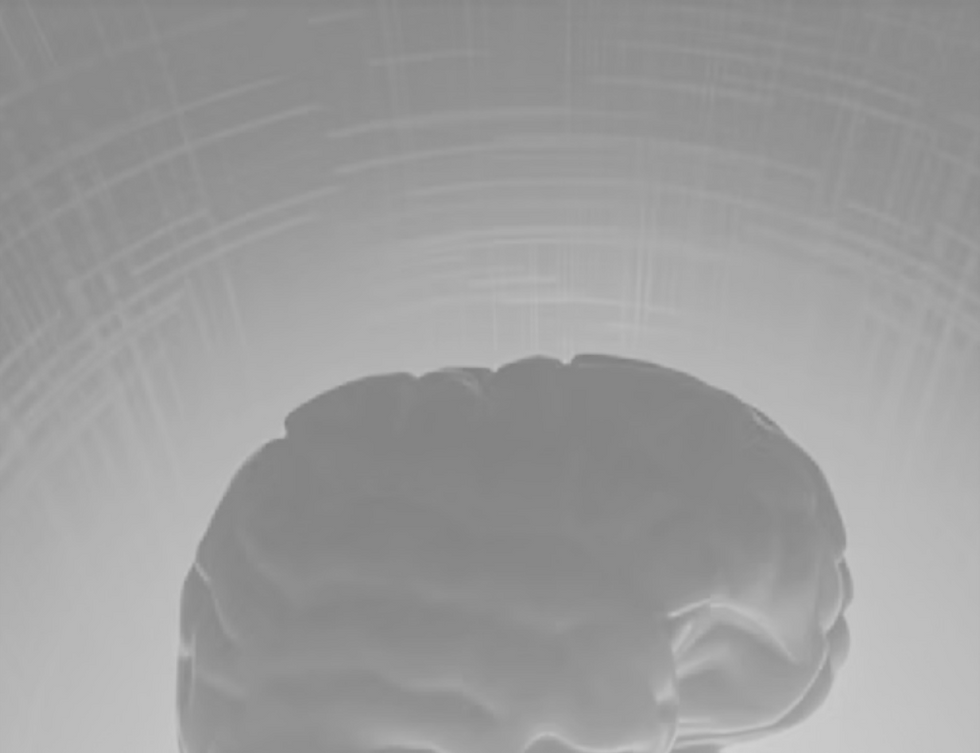Stimulation or Meditation? Investigating the Effects of tDCS, Mindfulness and Personality Traits on Creative Thinking
- AIOR Admin

- Jul 15
- 1 min read
Claudio Lucchiari, Chiara Esposito, Giuseppe Rocca, Maria Elide Vanutelli
Università degli Studi di Milano (Italy), IT Center for Translational Neurophysiology of Speech and Communication (Italy), R&R Neuromodulation Lab (Italy)

Divergent thinking (DT) and convergent thinking (CT) are typically considered the two faces of creativity and are associated to different neuro-functional networks. Previous research underlined that brain stimulation and meditation can modulate the creative process. However, their effect over DT e CT is still not clear. Purpose: The aim of the present study was to explore if and how tDCS and mindfulness meditation could modulate creativity outcomes by administering a 4-day training whose efficacy was measured by a pre/post assessment. Method: Fourty-seven healthy volunteers were randomly assigned to four experimental conditions: A) real stimulation, real meditation; B) sham stimulation, real meditation; C) real stimulation, fake meditation; D) real meditation alone. tDCS stimulation was applied with the anode over F8 (Inferior Frontal Gyrus, IFG) and the cathode on the left supraorbital area for 20 minutes at 1.5 mA. Also, personality traits were considered. Results: Results revealed that training A was the most successful in improving convergent thinking and cognitive efficiency, while training C was more effective in modulating verbal fluency. Conclusions: Results have been discussed considering the role of IFG and the Default Mode Network (DMN) for DT and CT, together with personality attitudes. Also, future directions have been suggested.







Comments